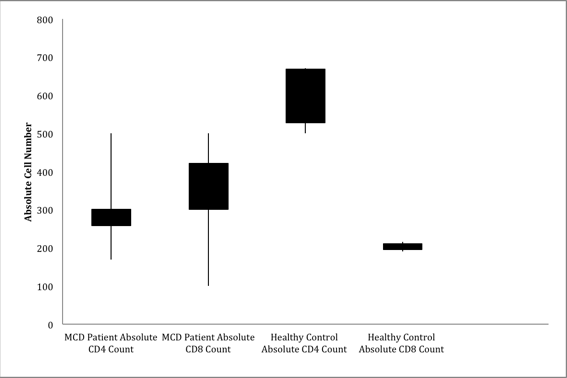Investigating Lymphocytic Involvement in Minimal Change Nephrotic Syndrome
(1) Queens High School for the Sciences at York College, Jamaica, New York, (2) University of Medicine and Pharmacy, Timisoara, Romania
https://doi.org/10.59720/15-045
Minimal change nephrotic syndrome, also known as minimal change disease (MCD) or minimal change nephrosis, is a subcategory of non-inflammatory glomerulopathy – a degenerative disorder of the main functional unit of the kidney. Neither the cause nor the pathogenesis of minimal change nephrotic syndrome is known. A destructive epithelial disorder would explain the clinical signs of MCD such as proteinuria (excessive protein in the urine), hypoalbuminemia (low serum albumin), and hyperlipidemia (high serum lipids). As a result of the association between the diagnosis of minimal change disease (MCD) and a history of heightened immune responses, it is believed that MCD may be caused by a disorder of T lymphocytes. It is suspected that T-lymphocytic deregulation may release lymphokines toxic to the glomerular basement membrane, which in turn leads to increased ultrastructural permeability (thus leading to symptoms of MCD). We investigated the hypothesis that minimal change nephrotic syndrome is caused by abnormal T lymphocytes, specifically CD4 T cells, as they are known to be involved in many microscopic degenerative kidney disorders involving increased membranous permeability [1]. To test this hypothesis, we measured T-cell counts in peripheral blood samples by flow cytometry. We found that eight of ten patients had decreased CD4:CD8 ratio, thus strengthening the immune involvement postulate of MCD. More specifically, we found the number of CD4 cells to be abnormally low; the results in this study can be used to further investigate whether or not MCD is a true autoimmune disorder. Understanding T-lymphocyte abnormalities in MCD can lead to further research efforts in finding a cause for MCD.
This article has been tagged with: